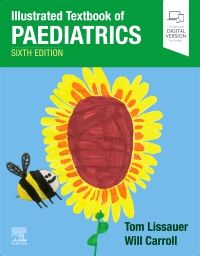
Now fully revised, Pathology Illustrated covers all the essential information in as clear and concise a way as possible, focusing on what is most clinically important. Pathology of the Mouse is an indispensable reference for pathologists and biomedical scientists. It is a wonderfully illustrated and much-needed study that will be an essential reference for many historians of medicine, and especially those working on pathology, medical illustrations, representations of disease and any of the several historical figures featured among its pages.

Pathology remains central to the study of medicine and forms the bridge between the basic sciences and clinical medicine. Chapter 2: Cell Injury, Cell Death, and Adaptations. The table of contents will automatically float to the left when the article is displayed at more than 1000px wide. Chapter 1: The Cell as a Unit of Health and Disease. If the table of contents depth is not explicitly specified, it defaults to 3 (meaning that all level 1, 2, and 3 headers will be included in the table of contents).

This thoroughly revised edition continues with a strong emphasis on pathogenesis and the clinical features of disease, adding. New artwork and more schematic diagrams summarize key pathologic processes. Part of the trusted Robbins and Cotran family, Robbins Basic Pathology provides a readable, well-illustrated and concise overview of the principles of human pathology that's ideal for today's busy students. Includes increased and updated clinical topics. The clear, visual presentation of the subject matter, divided into one-page units, makes for easy learning and recall. Highlights pathogenesis, morphology, and pathophysiologic content throughout. Generations of medical and other health science students have been helped to pass their exams by the acclaimed “Illustrated” books. Pathology remains central to the study of medicine and forms the bridge between the basic sciences and clinical medicine.


 0 kommentar(er)
0 kommentar(er)
